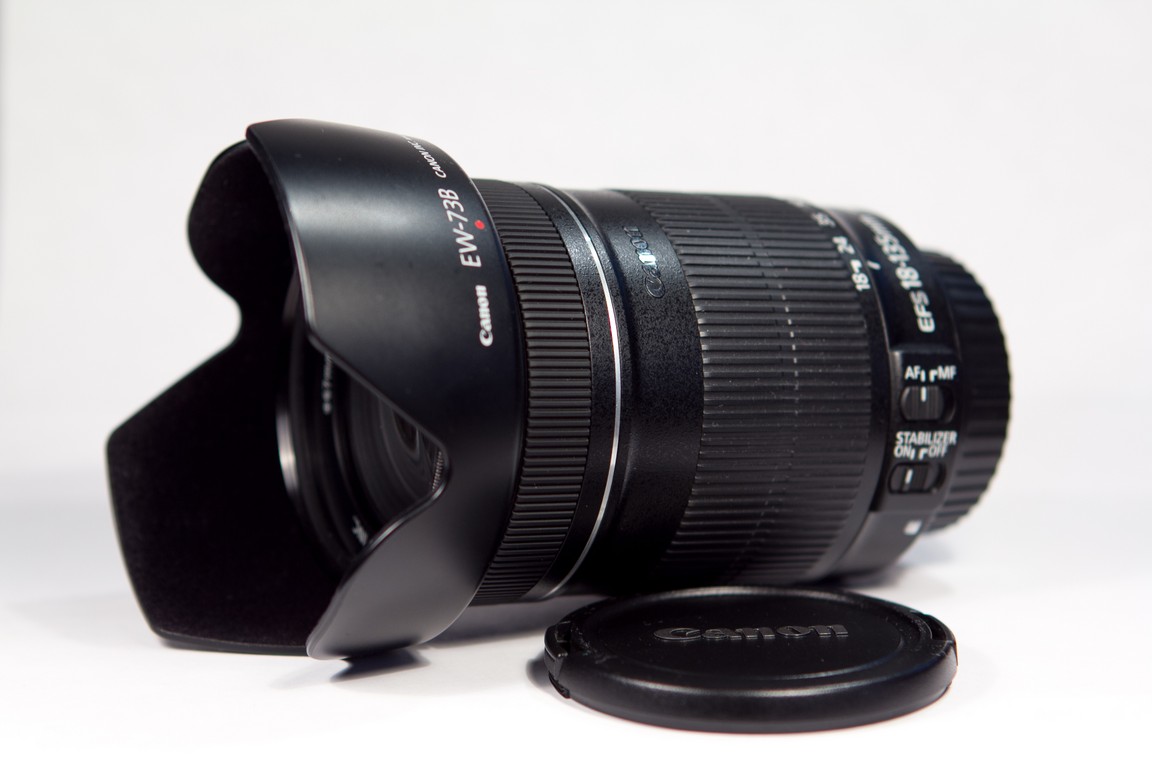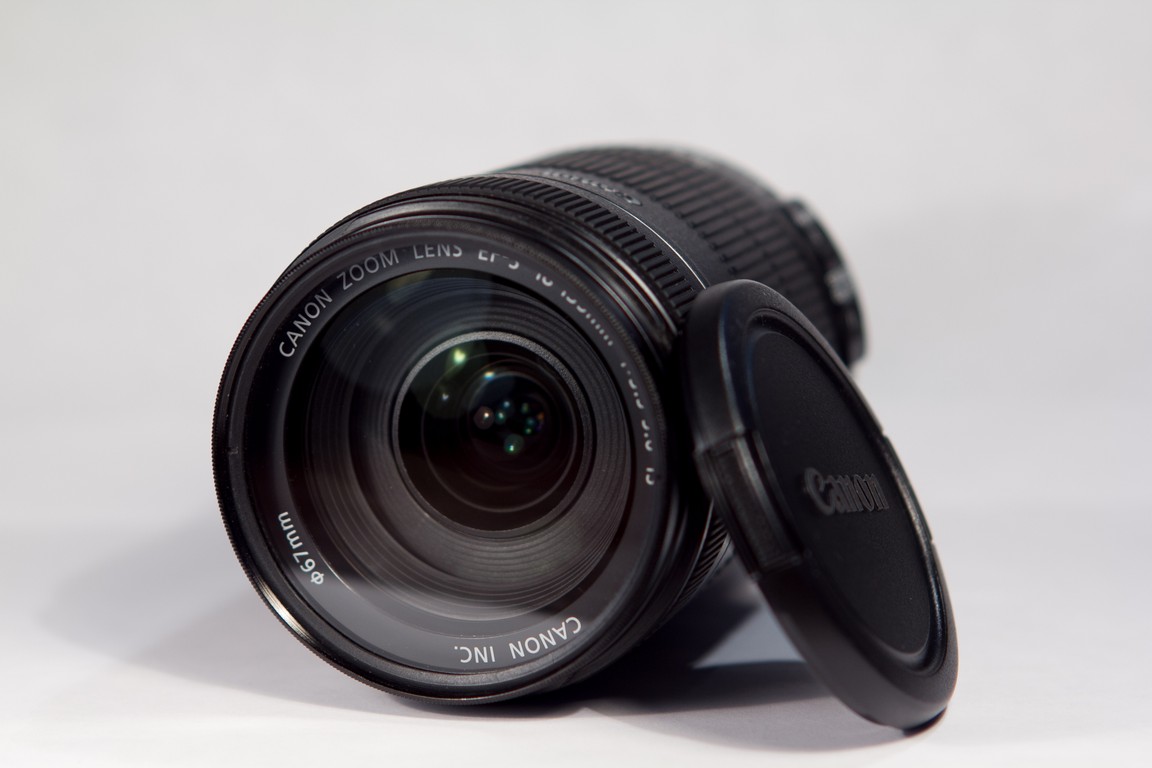I’ve had the 18-135mm f/3.5-f/5.6 for a little less than a year now. It was my first lens (kit lens), and came bundled with my Canon 60d. Since it is an EF-S lens, it can only be used on cropped sensor bodies such as on the XXD, XXXD and TX series. Though it has a maximum aperture of f/3.5, the IS function (Image Stabilization) makes up for its inability to shoot in low light.
General Performance:
Unlike Canon’s Rebel and T kit lenses, this lens allows for an extra 80mm of zoom. This means you can be optically closer to your subjects. Having used the 18-55mm kit lens at retail stores, I feel the 18-135mm to be a better constructed model. All together the lens performs well (if used outdoors). That is due to the changes in aperture while zooming. You start out with an f-stop of f/3.5 at 18mm, but as you zoom to 135mm the f-stop quickly changes to f/5.6. This means you must use the IS function in low light scenarios due to unavoidable slower shutter speeds. In my opinion, only in low light situations does this lens suffer (due to slower focusing and shutter speeds). Though when used outdoors, it offers great flexibility with to its wide focal range.
Sharpness / Color:
For a kit lens the colors are rich. Contrast amongst the colors is also vivid. Since it is a zoom lens, it is not as sharp as a prime lens, but does come very close. Its varying aperture is reassuring in terms of sharpness. Since f/3.5 can only be achieved from 18mm to the 20’s, your subjects are most likely going to stay in focus due to the wide angle of view. Even if your subject were out of focus it would be very difficult to tell unless you heavily observe the image. At 18mm f/5.6 the lens offers great sharpness. Similarly at 135mm f/5.6 sharp images can also be expected. I’ve used this lens from sports to nature to portrait and even fireworks photography, and it has performed very well.
Vignetting:
With the lens at its widest focal length vignetting is slightly noticeable (especially when pointed into the sky). As you pass the 50mm mark the corners to not appear to be as dark.
Distortion:
At 18mm there is visible distortion. At 24mm distortion is still subtly visible, but only at horizontal edges. Past 30mm lens distortion is hardly noticeable.
Overall Rating:
8.5/10
Though this is probably the best kit lens, it does suffer in some areas. One major downside would be the changing aperture size (limiting usage in low light situations and at tighter focal lengths). Secondly, after some use it is inevitably going to develop lens creep (tendency to zoom-in when front element faces the ground). Aside from these two setbacks the lens is a great piece of glass. If you plan on shooting primarily outdoors, then it’s a great option.



